Full Duplex Wireless Communication Systems for 5G - WSU Project
VerifiedAdded on 2023/03/31
|8
|316
|471
Report
AI Summary
This report provides an overview of full duplex communication systems, focusing on their application in 5G wireless networks. It discusses the advantages of full duplex over simplex and half-duplex modes, highlighting the challenge of self-interference and various cancellation techniques. The report classifies self-cancellation methods into passive and active suppression, detailing antenna separation, directional SI suppression, analog cancellation, digital cancellation, and combined analog/digital cancellation approaches. References to relevant research papers are included, offering a comprehensive understanding of the current state and future directions of full duplex technology in 5G systems. Desklib offers a range of solved assignments and past papers for students.
1 out of 8

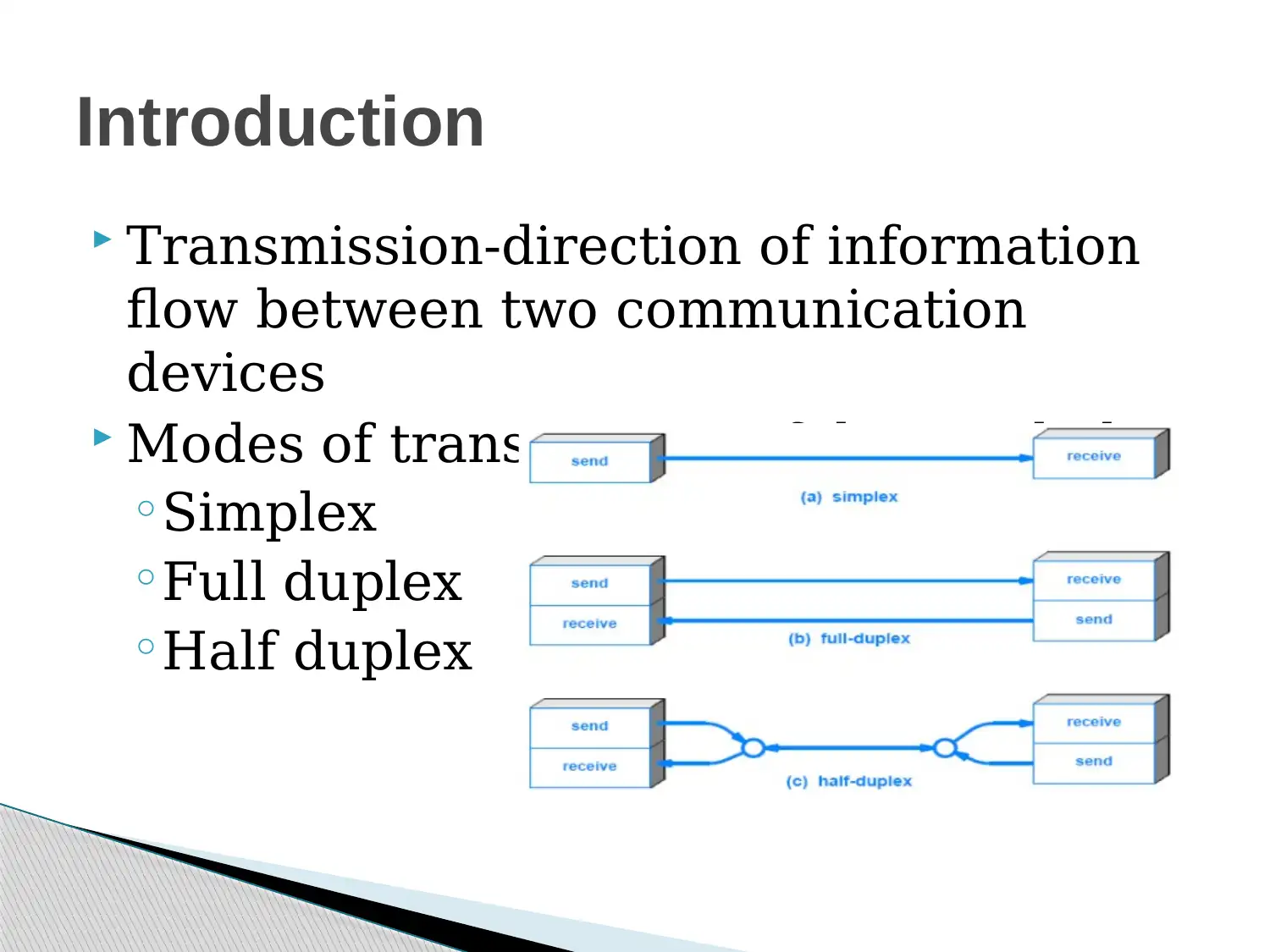
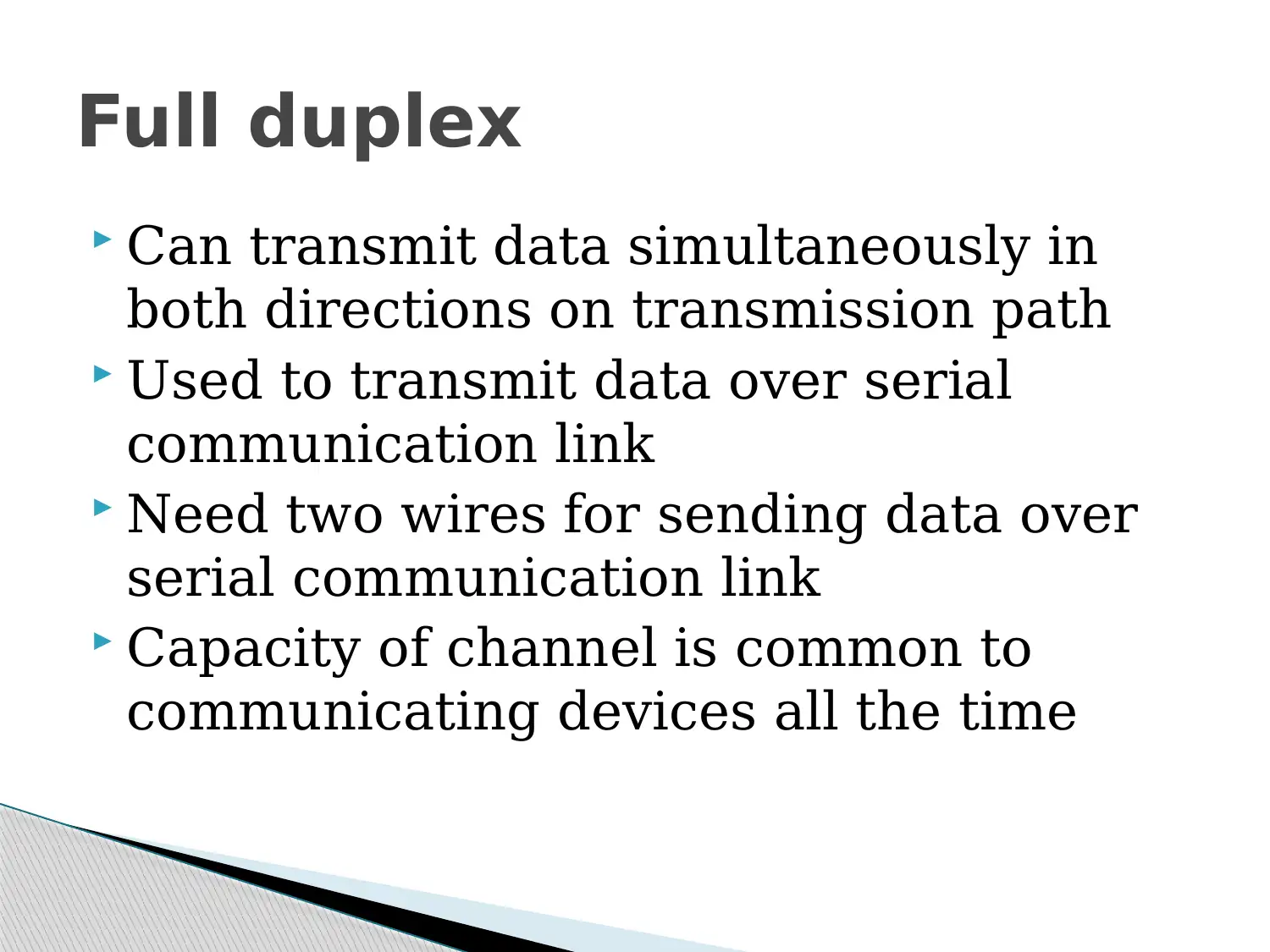

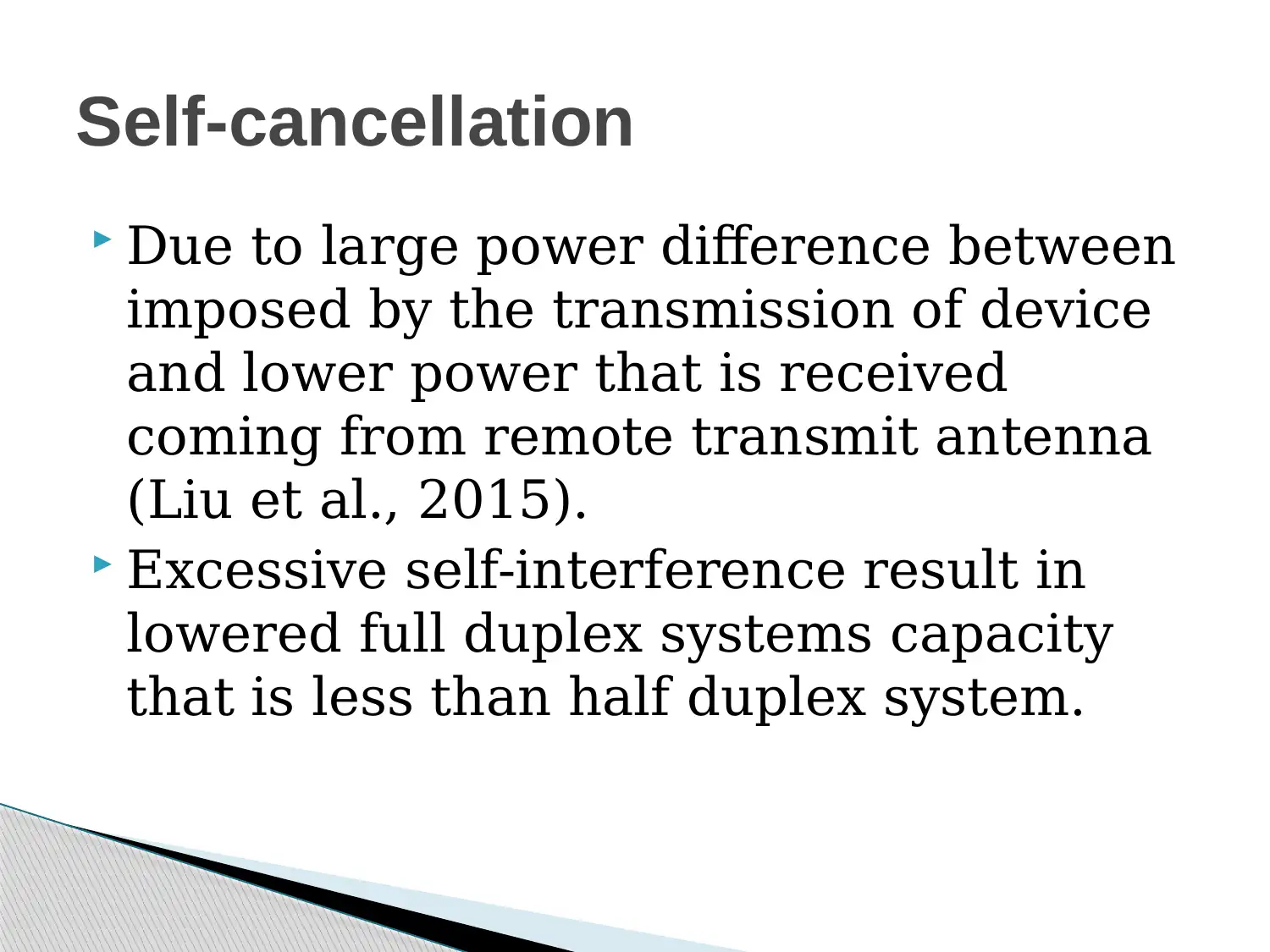
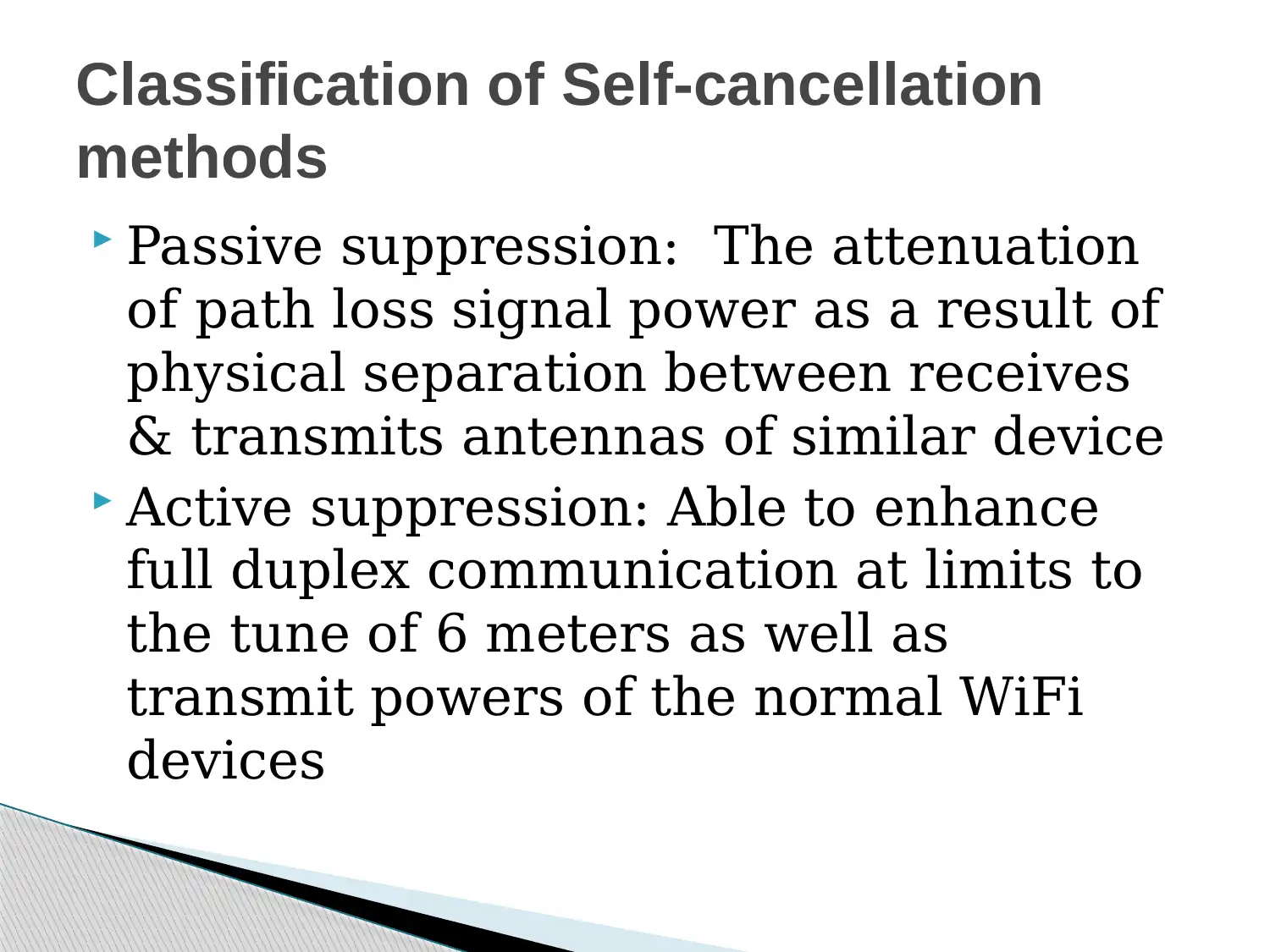
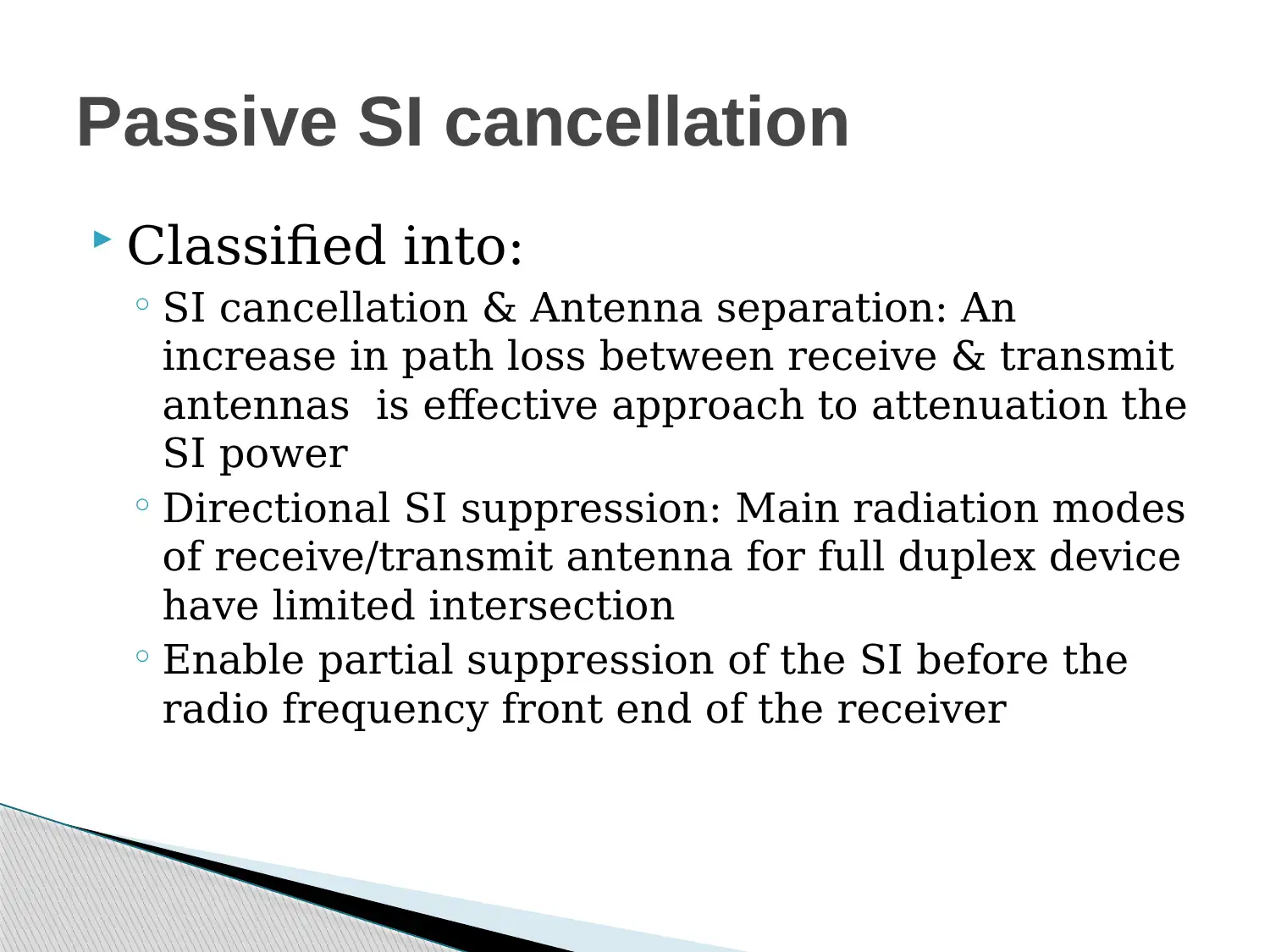
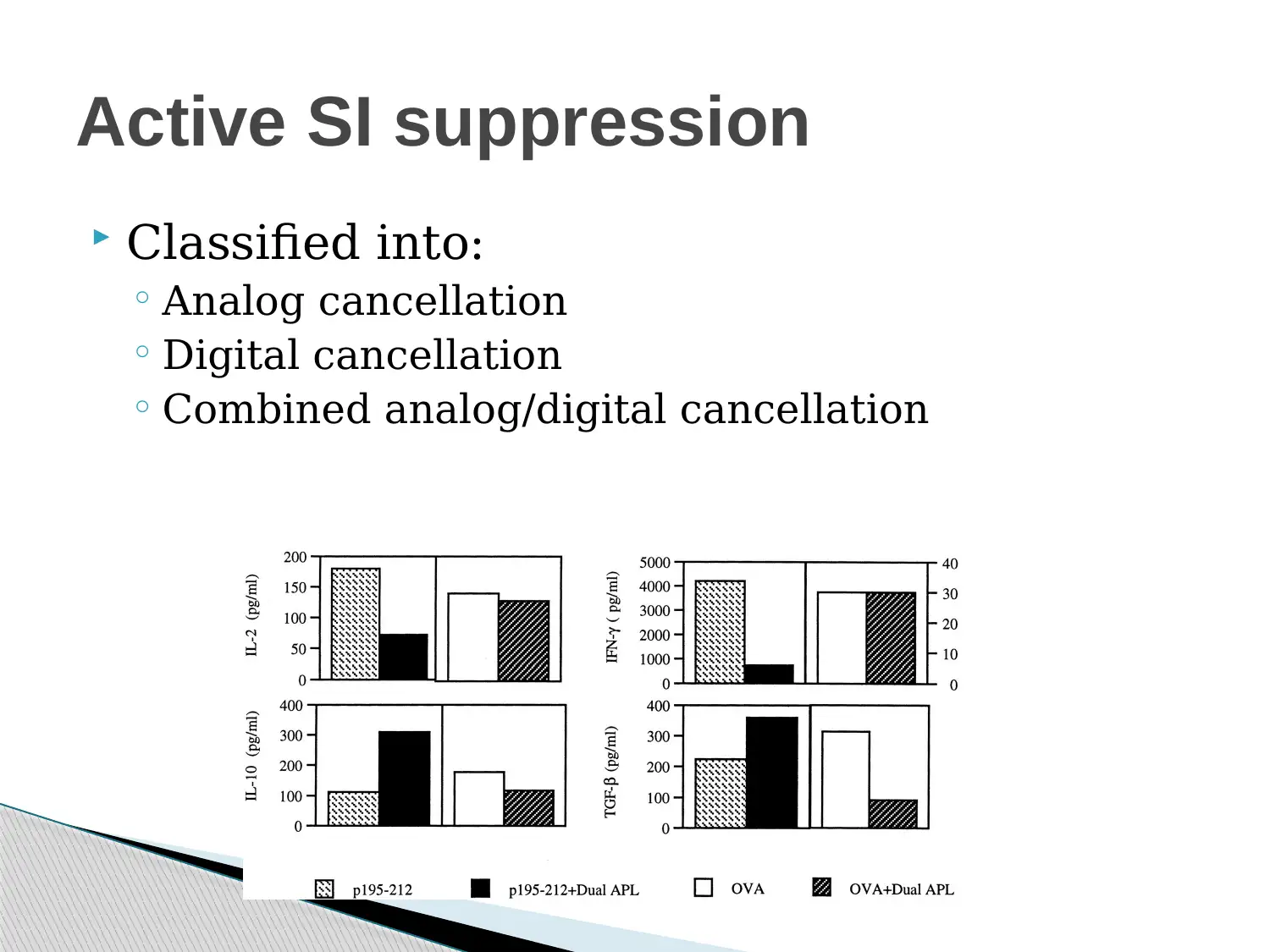
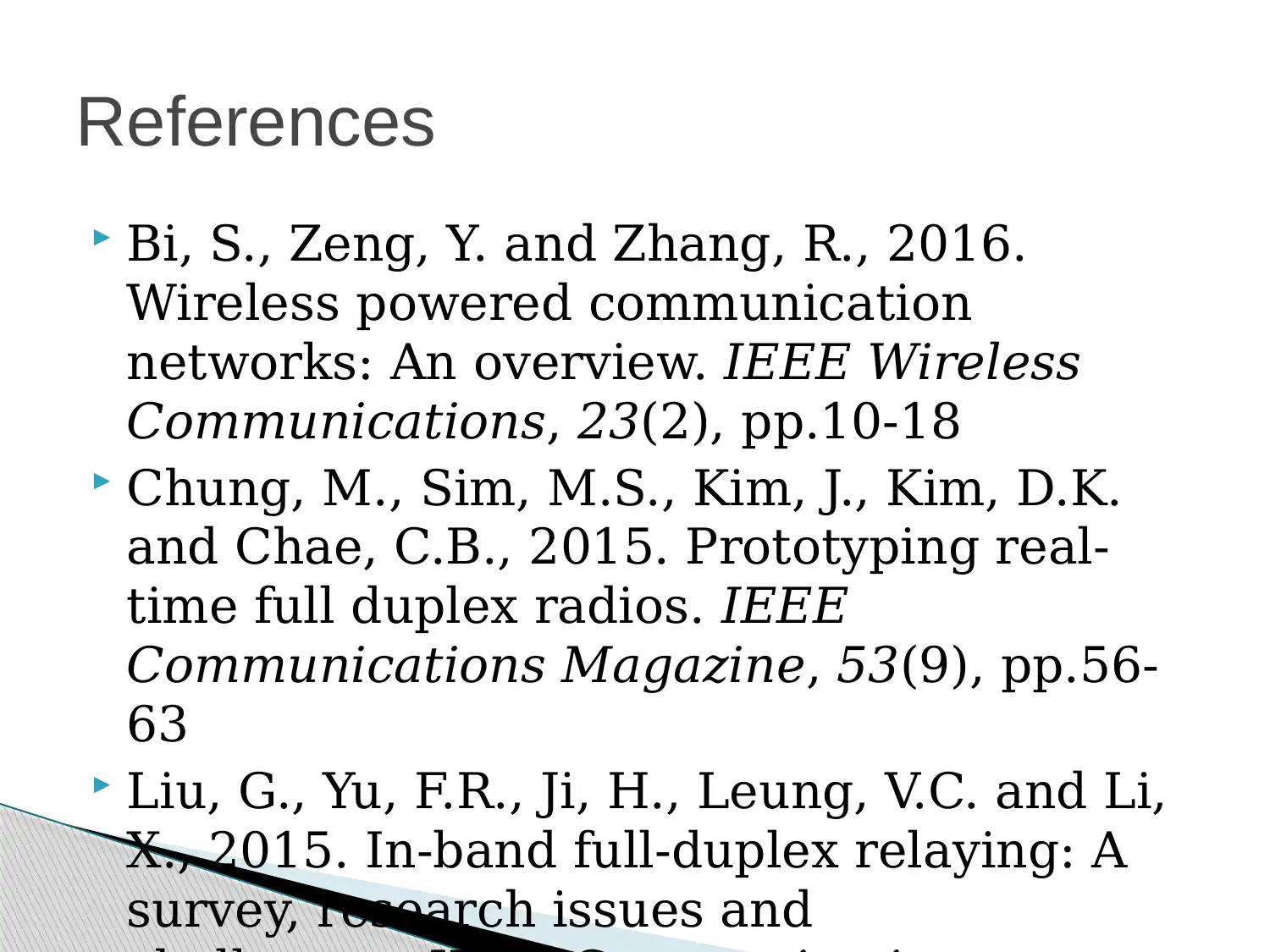






![[object Object]](/_next/static/media/star-bottom.7253800d.svg)